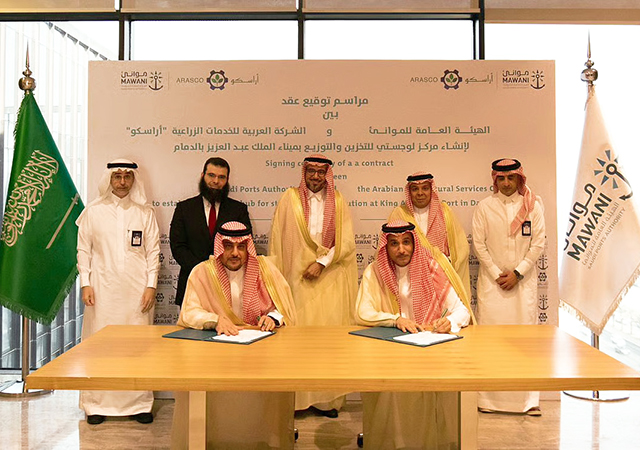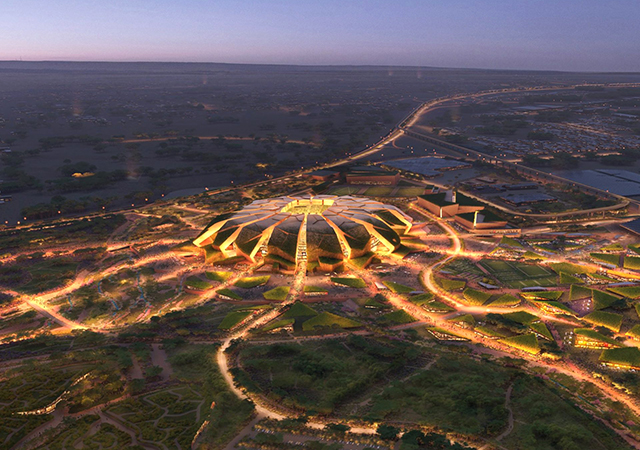 A modern building…imaginative use of stone
A modern building…imaginative use of stone
GRANITE has been, throughout the history of architecture, a material that has epitomised longevity, durability and quality. From ancient Egypt to today granite has been used in a variety of ways from monolithic structural components to contemporary thin slab cladding techniques.
Granite has outshone other materials because of its ability to sustain the elements and maintain its natural beauty. Its natural qualities have taken on symbolic meanings that our cultures identify with permanence and grounding.
Some of our projects have explored these metaphors by resting large light steel structures on massive solid granite piers or bases. These ideas are clearly expressed as part of the main elevational treatments in buildings such as Exchange House and Holborn Viaduct in London.
The idea of solidity was approached in a different way when the 10 Fleet Place in London was designed. In a unique way, stone was used to create a series of vertical fins which, at an angle, recreate a massive elevation, while straight on, create an extremely light and transparent facade.
Another historical and modern reinterpretation of stone was the relationship to light and stone's translucency. At the Beinecke Library at Yale University of Connecticut, alabaster has been utilised in the same way the Romans had applied it. At 199 Bishopsgate, stone is being cut to only a few millimetres thick and laminated on glass to exploit the natural beauty of the material through its transparency.
With stricter environmental controls, the skins of buildings need to be more and more isolated to avoid heat gains and losses. Although glass has evolved enormously over the last few years, the need for more solid skins is ever increasing and with it granite becomes a logical alternative.
In environmental terms, it is very important to be able to have information regarding the production of stone. The wood industry, over the years, has gone through a transformation that has allowed designers to select materials that come from renewable sources and environmentally-friendly production processes. The stone industry needs to make that information available and to demonstrate how they are ''greening'' their industry.
The way we select stone, identifying the block in the quarry, selecting the slabs and control samples, dry lining the floors or elevations, marking up the typical bays and closely monitoring the process on site is a mechanism that we follow through for each project. This process is identified at the beginning of each project and expects the highest level of quality. That design quality needs to be supported by a stone industry that needs to perform at international level at the highest level of service.







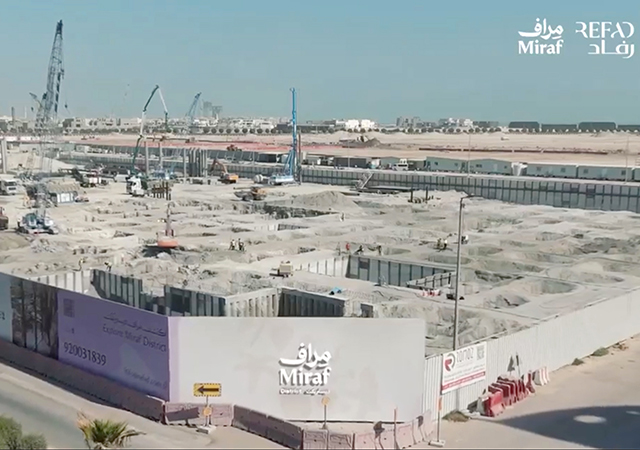
.jpg)




.jpg)

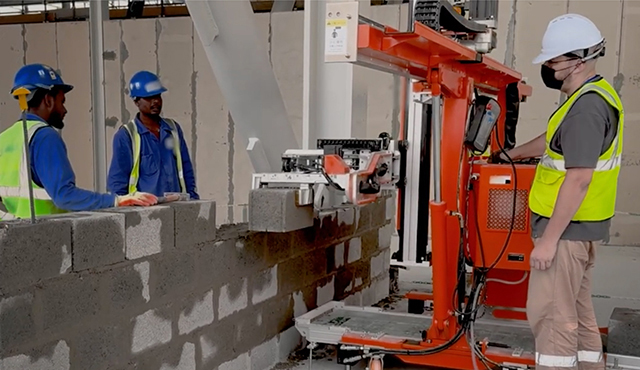

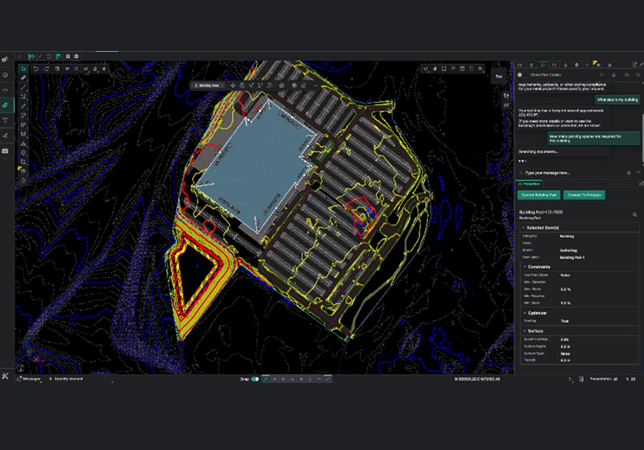



















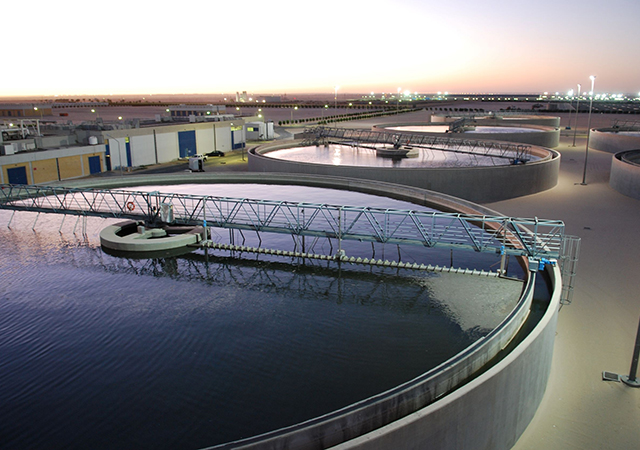


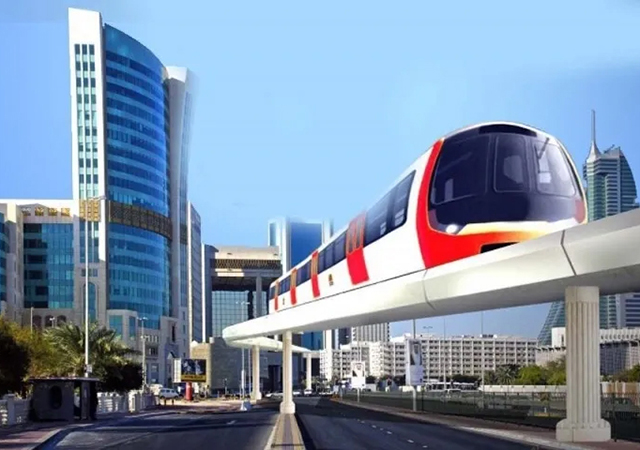

.jpg)




